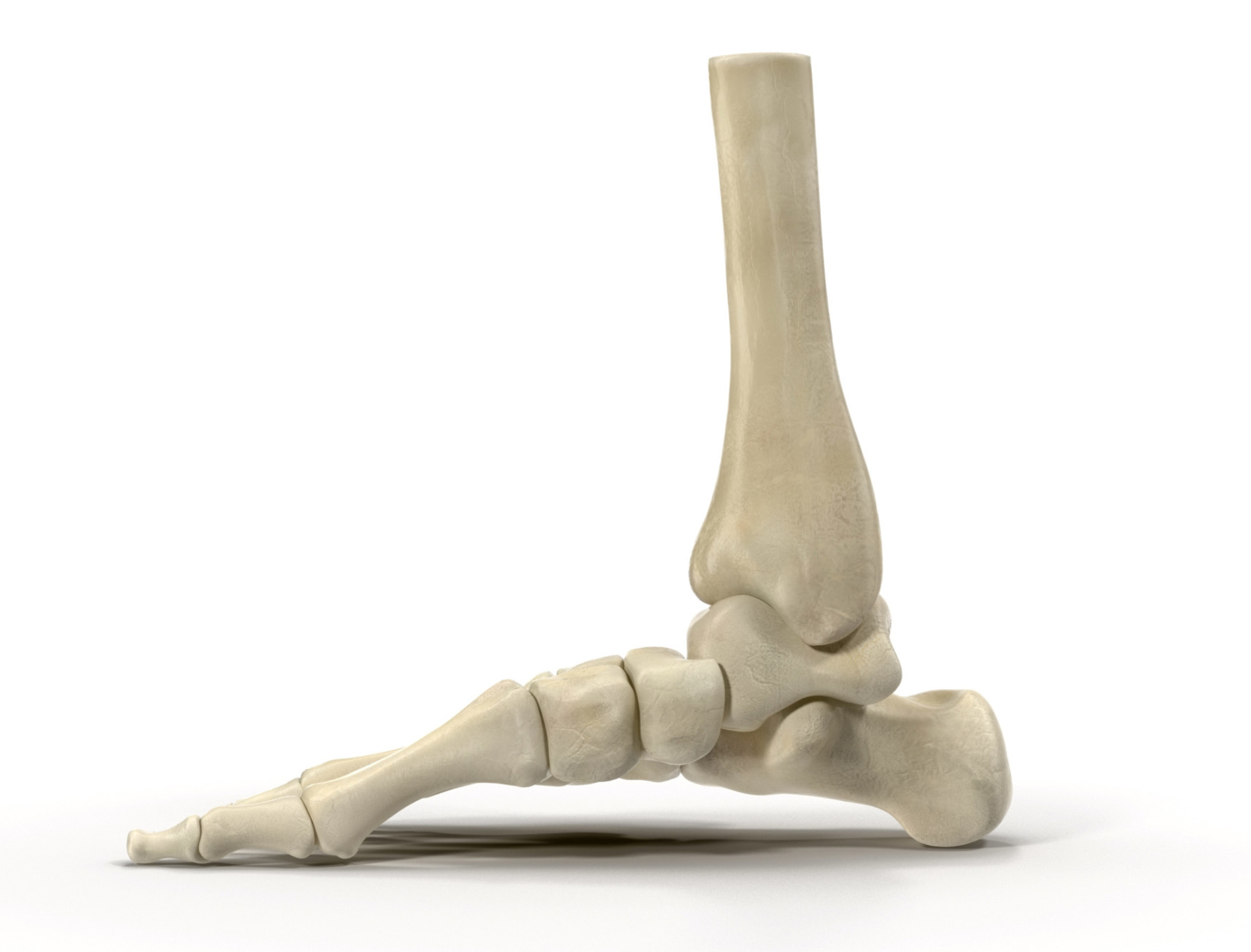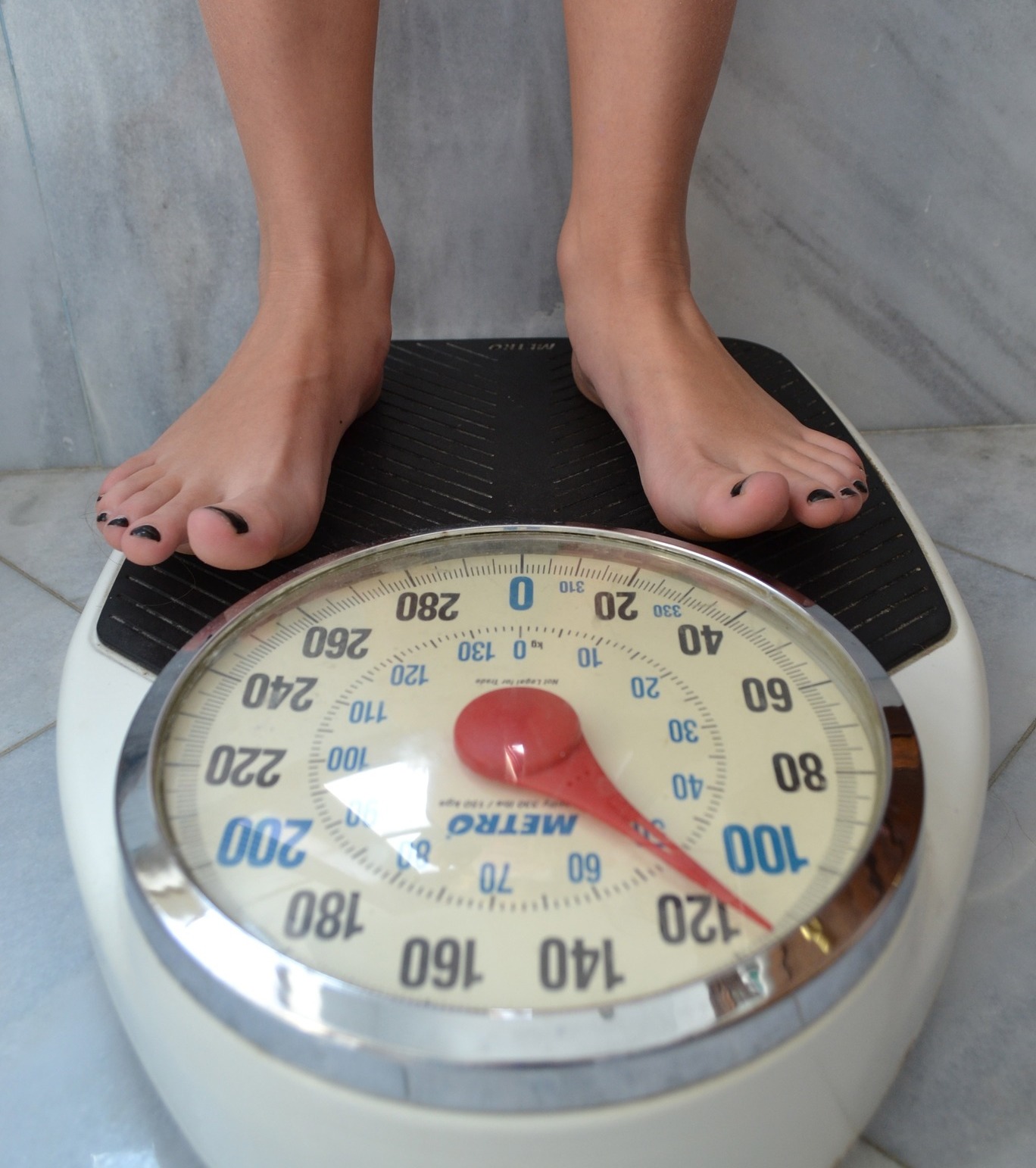Foot Health Month 2018 (part 2)
Posted on 20th June 2018 at 16:49
Last blog I wrote a bit about who we are, what we do… that’s podiatrists, not some alien species, and how to look after your feet.
In this sequel (lol) I want to explain a wee bit more about conditions we treat and why podiatrists are the go to guys when it comes to lower limb conditions.
People walk lots and wear shoes, or don’t wear shoes, or wear the wrong shoes. FACT
People get foot problems or knee problems or hip problems and hope there is an instant cure. FACT
These two facts are related funny enough and when people get problems generally we are too busy to do anything or aren’t sure who to go to.
Most podiatrists are knowledgeable and approachable and if we feel that we are not the right professional for you we will refer you to the right one.














